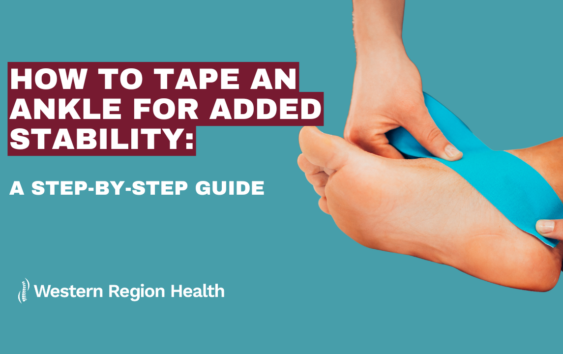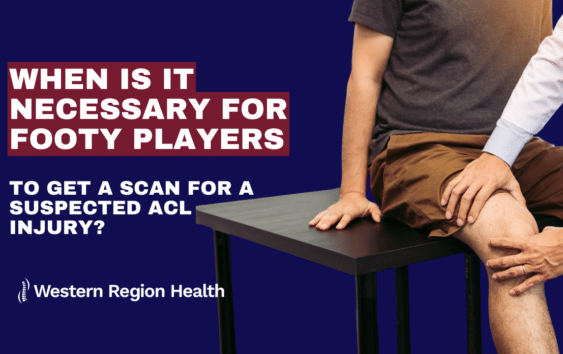General | April 25, 2023
What Are ‘Micro Breaks’ And How Can They Help?
Avram Baldoria-PHYSIOTHERAPIST-Bachelor of Science in Physical Therapy
In today’s fast-paced work environment, it’s common for people to work for long hours, often sitting in front of a computer screen, or standing for long periods. This can lead to stiff and sore muscles, particularly around the neck, shoulder, upper and lower back. Taking micro breaks during work can help prevent this discomfort and promote physical health.
Micro breaks refer to short, frequent breaks taken during the workday, usually for a few minutes at a time. These breaks are intended to provide a brief respite from work and help relieve physical tension. Studies have shown that taking micro breaks can lead to increased productivity and job satisfaction, as well as reduced stress levels.
One of the most significant benefits of micro breaks is their impact on physical health. Prolonged periods of sitting can cause discomfort in the neck, shoulders, upper and lower back, which can lead to chronic pain and musculoskeletal disorders. Taking regular breaks can help prevent these issues by allowing the muscles to relax, and by reducing the pressure on the spine.
Research has also shown that taking micro breaks can help improve posture. Sitting for long periods can cause slouching, which can place added pressure on the spine and contribute to back pain. By taking frequent breaks, individuals can readjust to another comfortable position and reduce the strain on their muscles.
In addition to physical benefits, micro breaks can also have a positive impact on mental health. Taking a few minutes to step away from work and clear the mind can help reduce stress and increase focus. This can lead to increased productivity and job satisfaction, as well as improved overall well-being.
There are several ways to incorporate micro breaks into the workday. Some strategies include taking a short walk around the office, doing some light stretching and using a spikey ball, or simply standing up and moving around. It’s essential to find what works best for each individual, as everyone’s needs and preferences may vary. Even as practitioners, we incorporate these micro breaks into our routine to help us get through busy days of treating.
Taking micro breaks during work is essential for maintaining physical and mental health. These brief pauses can help prevent stiff and sore muscles around the neck, shoulder, upper and lower back, promote better posture, and reduce stress levels. By incorporating regular breaks into the workday, individuals can improve their overall well-being and productivity.
References:
- Choi, Y. K., & Lee, J. W. (2018). The effects of rest breaks on attentional sustainability and work-related musculoskeletal disorders among video display terminal workers: A systematic review. Journal of occupational health, 60(2), 111-123.
- Hedge, A., & Ray, K. (2004). Improved work posture and productivity: A case study on the impact of ergonomic interventions in Indian electronic industry. International Journal of Industrial Ergonomics, 34(4), 307-320.
- Shariat, A., Tamrin, S. B. M., Arumugam, M., Ramasamy, R., & Danaee, M. (2019). The relationship between work-related musculoskeletal disorders and workers’ productivity in office environment: A cross-sectional study. Work, 64(3), 587-596.
- Straker, L., Levine, J., & Campbell, A. (2008). The effects of walking and rest breaks on fatigue and productivity in simulated assembly line work. Ergonomics, 51(5), 620-634.
- Tuhkunen, E., Malmivaara, A., & Karppinen, J. (2012). Work-related musculoskeletal disorders: Does job stress make a difference?. A meta-analysis. Applied ergonomics, 43(3), 606-615.


